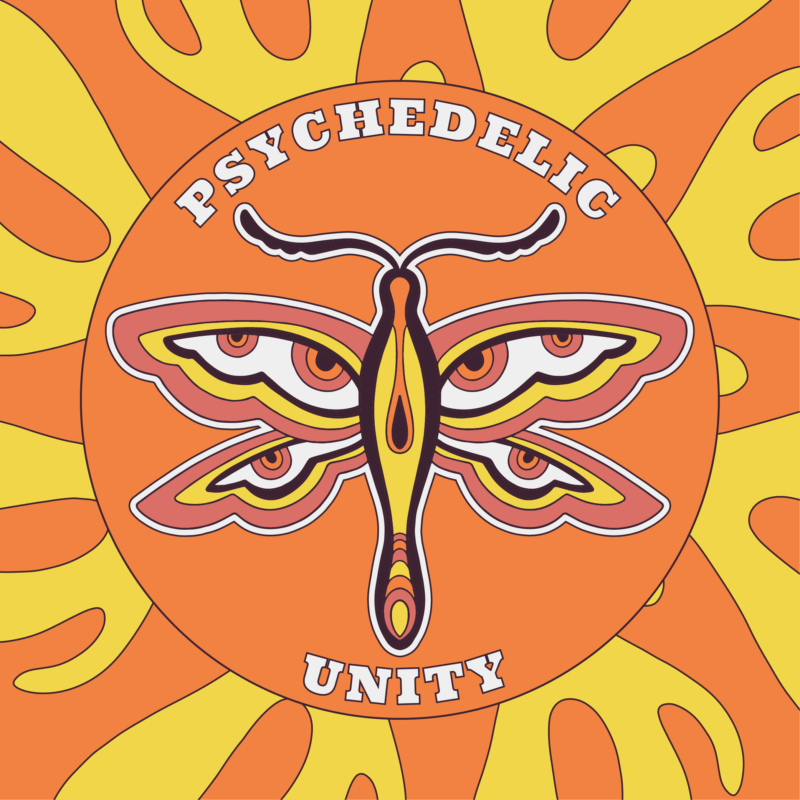DMT
How long does dmt last?
Introduction to DMT Drug: What Is Dimethyltryptamine?
Dimethyltryptamine, commonly known as DMT, is a powerful psychedelic compound found in many plants and animals. Often called the “spirit molecule,” the DMT drug is known for producing intense, short-lasting hallucinogenic experiences. The interest in DMT spans scientific research, traditional rituals, and modern psychedelic communities.
DMT Meaning in Text and Science
In casual conversations, the term “DMT” can stand for different things, but in scientific contexts, DMT meaning in text always refers to dimethyltryptamine. Its significance lies in its profound psychoactive properties, with researchers still investigating its potential role in dreams, near-death experiences, and brain function.
DMT Molecular Structure and Chemical Profile
Understanding the DMT molecular structure helps explain its powerful effects. Its chemical name is N,N-Dimethyltryptamine, and the dimethyltryptamine chemical structure includes a tryptamine backbone, similar to serotonin. This structure allows it to interact with serotonin receptors in the brain, triggering vivid hallucinations.
Where Does DMT Come From? Natural and Synthetic Sources
Where does DMT come from? It occurs naturally in various plants like Mimosa hostilis and is used in traditional Amazonian brews like Ayahuasca. It can also be synthesized in a lab, sometimes referred to as a DMT lab. Despite its natural presence, the synthetic version is more commonly associated with the recreational DMT drug.
What Does DMT Look Like? Identifying the Substance
What does DMT look like? It typically appears as a white, yellowish, or orange crystalline powder. The appearance can vary depending on its purity and the method of extraction or synthesis. Different types of DMT, such as N,N-DMT and 5-MeO-DMT, may also differ slightly in color and form.
DMT Effects and Side Effects: What to Expect
The effects of DMT are intense and fast-acting. Users report vivid visuals, altered perceptions of time and space, and encounters with seemingly sentient entities. However, the DMT effects and side effects include potential psychological distress, anxiety, and confusion. Dimethyltryptamine side effects can be unpredictable, especially in individuals with mental health conditions.
The DMT Trip: What Happens During and After
A DMT trip is often described as a rapid journey into another dimension. It begins within seconds of consumption and usually lasts 5–15 minutes. Users often experience ego dissolution and a deep sense of interconnectedness. Understanding how long does a DMT trip last is essential for safety. While brief, the experience can be profoundly transformative.
How Long Does DMT Last? Duration and Aftereffects
How long does DMT last? Typically, the peak of a DMT trip lasts between 5 to 15 minutes when smoked or vaporized. Residual effects may linger for up to an hour. Despite the short duration, the psychological impact can be lasting. Knowing how long does a DMT trip last helps users prepare for the intensity of the experience.
How to Smoke DMT Safely and Effectively
For those exploring how to smoke DMT, using a specialized vaporizer or a glass pipe is common. The key is to vaporize—not burn—the crystals. While smoking is the most popular method, questions like “can you snort DMT?” or concerns about snorting DMT arise. Snorting DMT is rare and inefficient, and it often leads to unpleasant side effects.
How Is DMT Produced? Extraction and Synthesis
How is DMT produced? Naturally, it can be extracted from plants using solvents and acid-base chemistry. In labs, chemists can synthesize it through several organic reactions. Both methods require knowledge and caution due to legal and safety issues, especially when dealing with a DMT lab or synthetic DMT drug production.
Is DMT Legal? Global Legal Status Overview
Is DMT legal? In most countries, including the United States, DMT is classified as a Schedule I substance, meaning it’s illegal to possess, produce, or distribute. However, in some places, traditional use in spiritual practices is permitted. The question “is DMT illegal” often depends on context and jurisdiction.
Where Can I Get DMT? Understanding the Risks
Many ask, “where can I get DMT” or “where can I buy DMT,” but it’s important to understand the legal and ethical implications. Searching for where to get DMT or how to purchase DMT online can lead to scams, legal trouble, or unsafe products. Always be cautious and informed.
Types of DMT and Their Unique Characteristics
There are several types of DMT, with N,N-DMT being the most common. Others include 5-MeO-DMT and Bufotenin. Each variant differs in potency, duration, and effects. Understanding these types of DMT can help users make safer and more informed decisions.
Is DMT Dangerous? Potential Risks and Safety Concerns
Is DMT dangerous? While it has a low toxicity profile and doesn’t cause physical addiction, it can be psychologically intense. Those with pre-existing mental health conditions should be especially cautious. DMT side effects may include anxiety, paranoia, and disorientation.
Conclusion: DMT in Context
DMT remains one of the most mysterious and powerful psychedelics. From its unique chemical makeup to its ability to induce otherworldly experiences, it continues to intrigue scientists and psychonauts alike. Whether you’re curious about the DMT drug for spiritual insight or scientific knowledge, understanding its risks, effects, and legal status is essential before exploring further.

